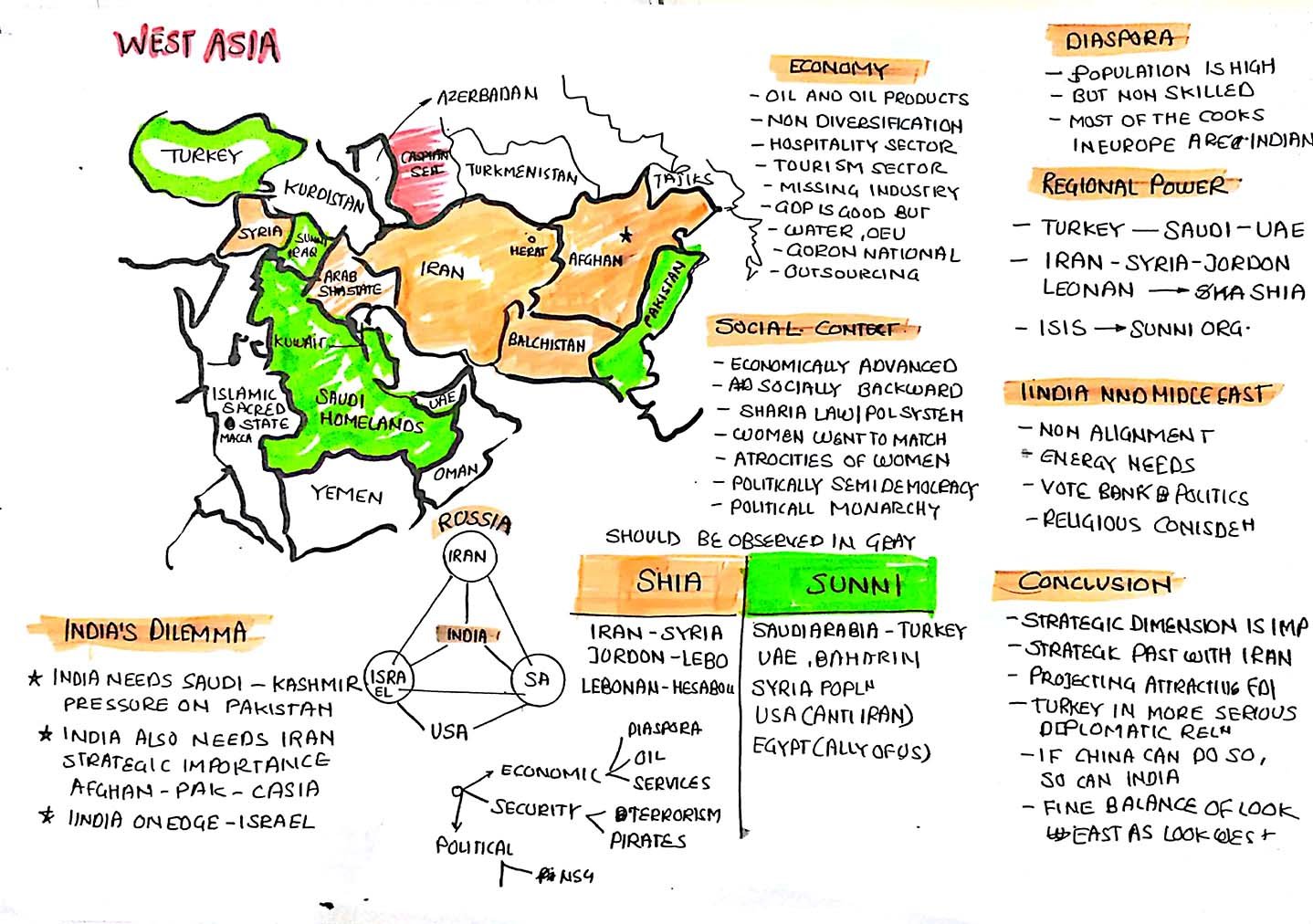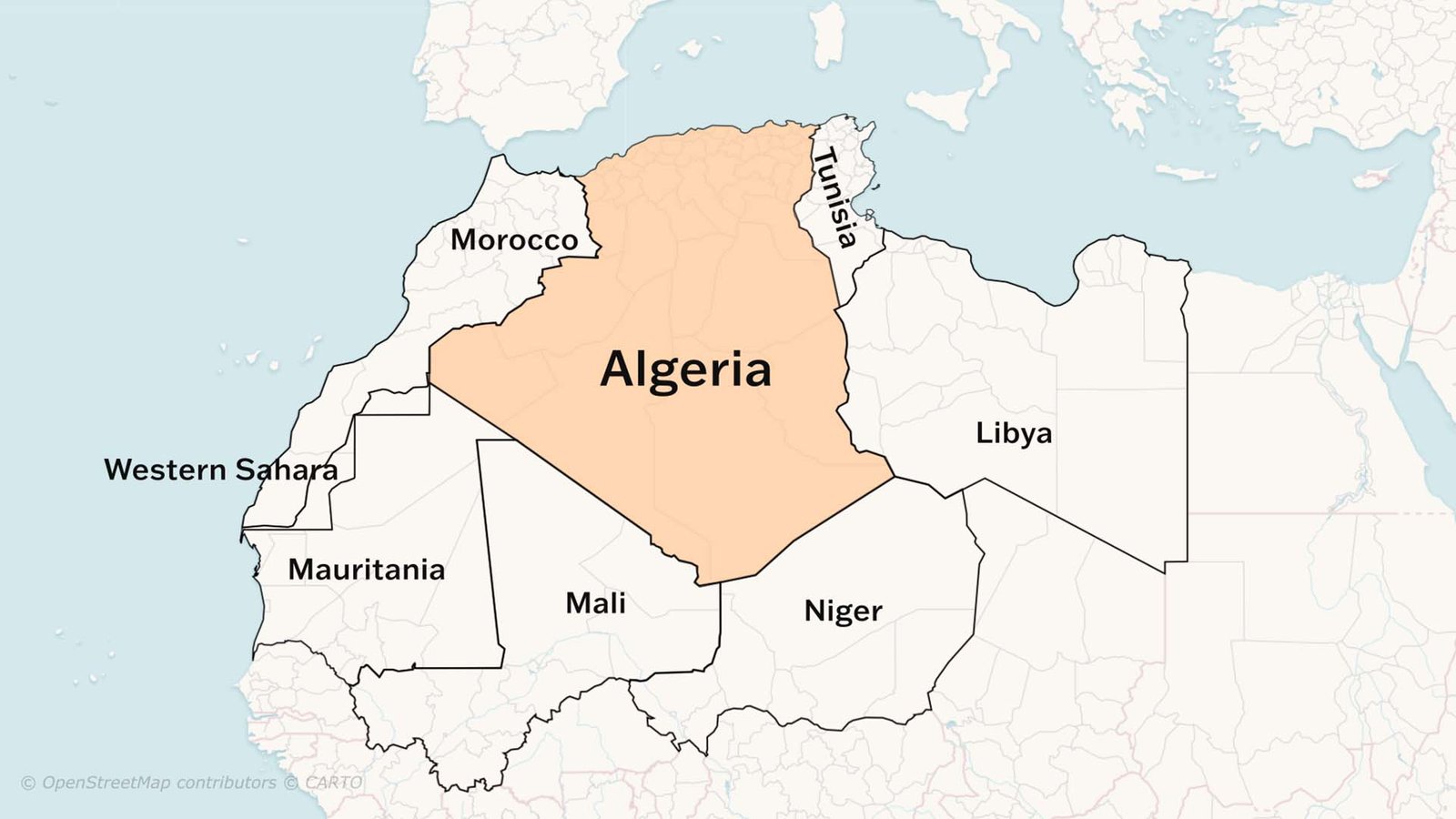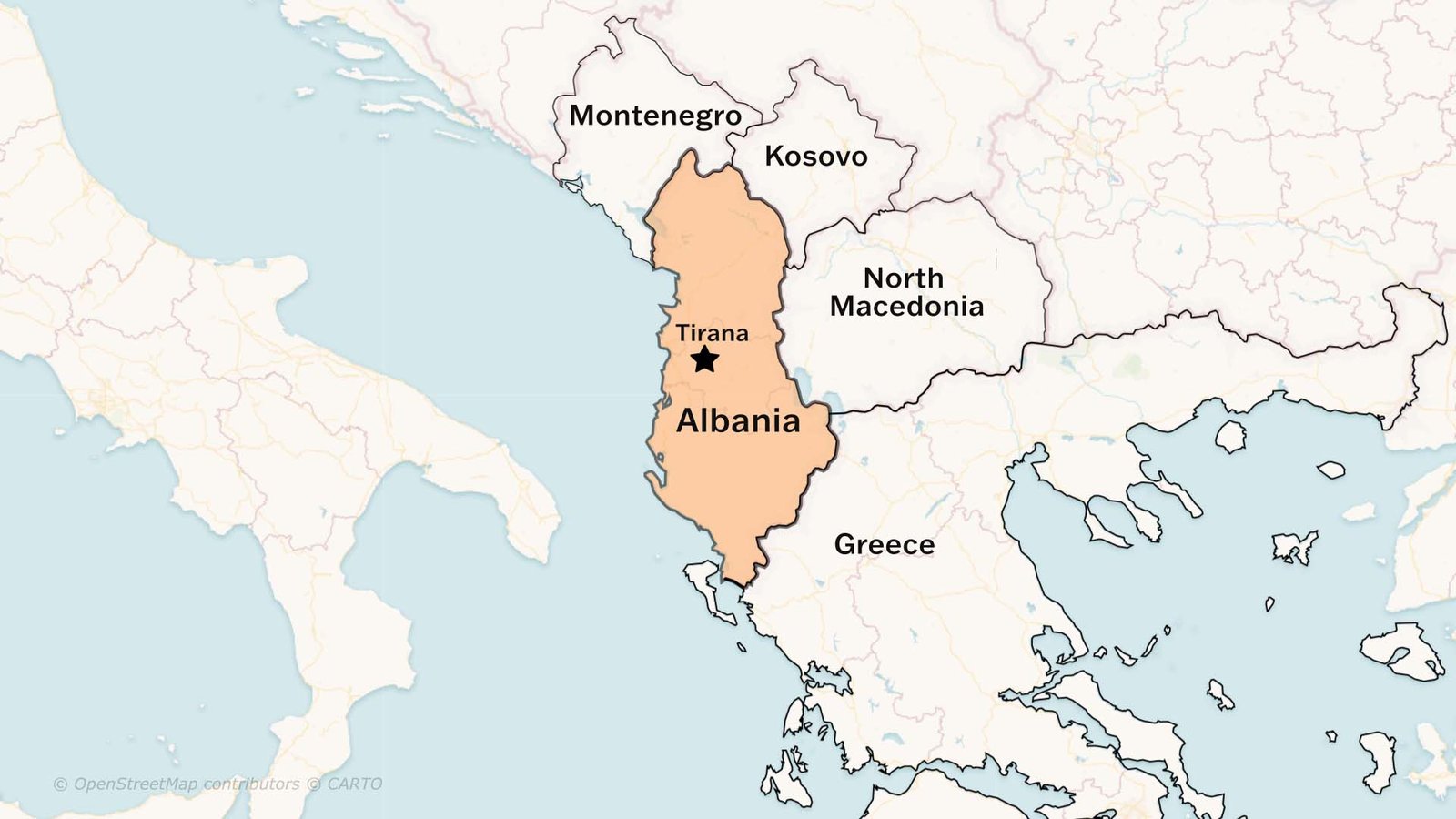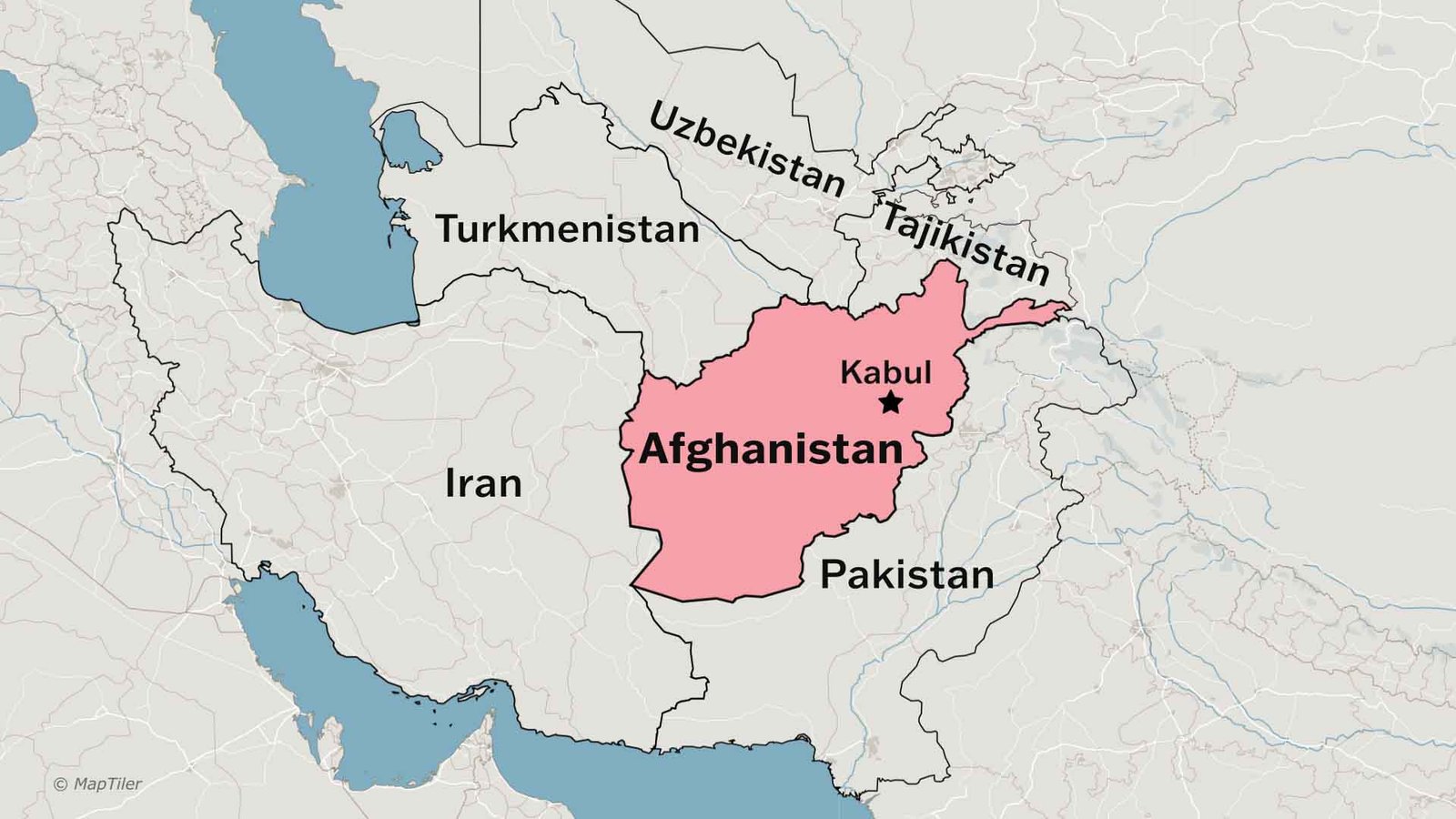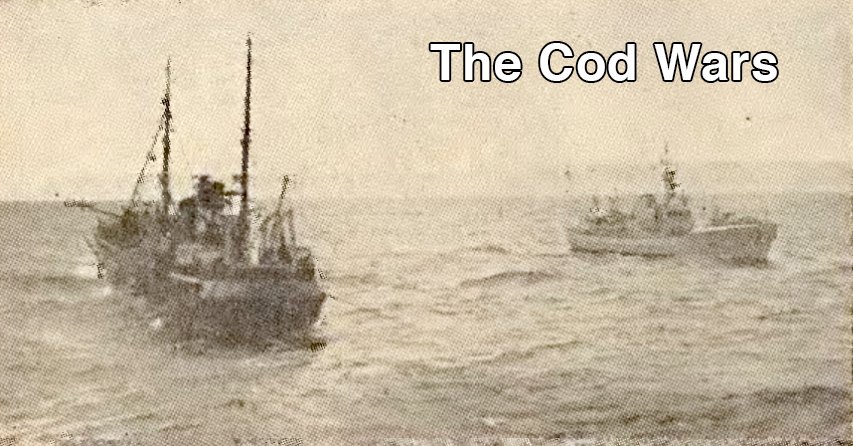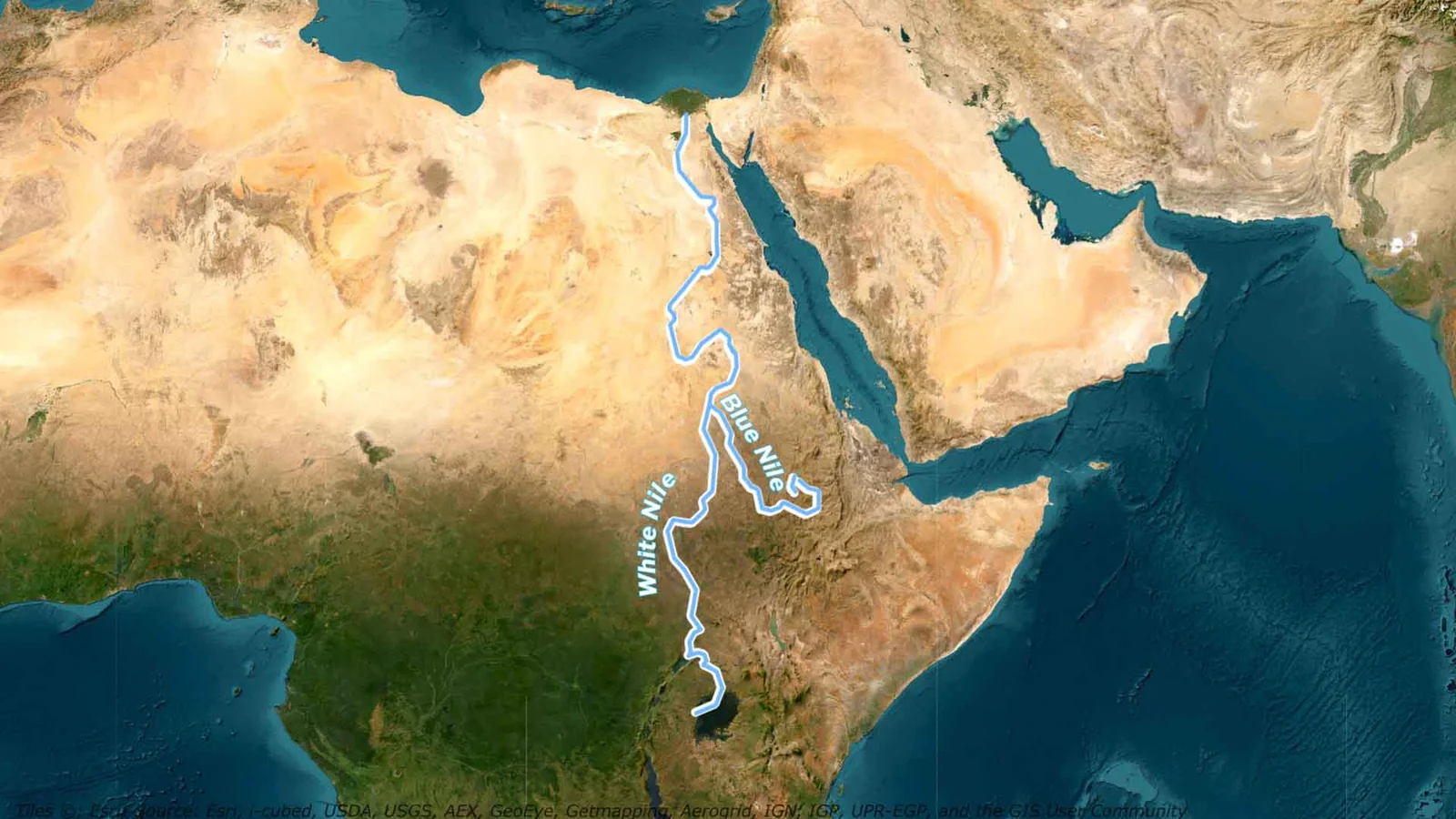India’s foreign policy has long been celebrated for its “Look East” approach, which has fostered robust ties with Southeast Asia. However, the equally significant India’s Look West policy, aimed at strengthening relations with West Asia, often remains in the shadows. Coined by former Prime Minister Manmohan Singh in 2004 during a meeting with the Gulf Cooperation Council (GCC) and later emphasised by Prime Minister Narendra Modi as the “Link West” policy, this strategic vision seeks to deepen India’s engagement with the Middle East. This blog explores the importance of West Asia for India, the contours of the Look West policy, its comparison with the Look East policy, and the challenges hindering its full potential.
Why West Asia Matters to India
West Asia, or the Middle East, is a geopolitical hotspot that profoundly influences global politics. For India, this region is not just a distant arena but part of its extended neighborhood, with critical implications for its security and economic interests. Political turbulence in West Asia, such as conflicts or regime changes, directly impacts India due to its proximity and deep ties. The region is pivotal for India’s comprehensive security framework, encompassing strategic, regional, internal, energy, and economic dimensions.
West Asia is India’s primary source of hydrocarbons, fueling its energy needs. With over 7 million Indian expatriates living in the region, it is also a significant source of remittances, contributing billions to India’s economy annually. Additionally, India’s defense partnerships with countries like Oman, Qatar, and Israel, along with its strategic partnership with Saudi Arabia—highlighted by the 2010 Riyadh Declaration against terrorism—underscore the region’s importance. These ties are not merely symbolic; they are material and strategic, shaping India’s global standing.
Understanding the Look West Policy
Unlike ad-hoc decisions, a policy reflects a long-term vision, providing a framework for consistent and strategic actions. The Look West policy, formally introduced in 2004, aims to strengthen India’s ties with West Asia, focusing on:
- The 22-member Arab League: Engaging with these nations to foster diplomatic and economic cooperation.
- Gulf Cooperation Council (GCC) countries: Deepening ties with key players like Saudi Arabia, UAE, and Qatar.
- Bilateral relations with Iran, Israel, Turkey, and North African nations: Building multifaceted partnerships across the region.
Prime Minister Modi’s “Link West” articulation emphasizes connectivity, trade, and strategic collaboration, aligning with India’s broader foreign policy goals of global integration and influence.
Look East vs. Look West: A Comparative Perspective
While the Look East policy has garnered significant attention, particularly for India’s growing ties with ASEAN nations, the Look West policy has been relatively underemphasized. For instance, India-ASEAN bilateral trade was projected to reach $100 billion in 2015, with an ambitious target of $200 billion by 2020. In contrast, India’s trade with GCC countries had already surpassed $160 billion by the same period, highlighting the economic weight of West Asia. Yet, the narrative around Look East often overshadows these achievements.
West Asia’s significance extends beyond trade. It is India’s primary energy supplier, a hub for its diaspora, and a partner in defense and counterterrorism efforts. For example, India’s strategic partnership with Saudi Arabia and defense collaborations with Oman, Qatar, and Israel are tangible outcomes of the Look West policy. These accomplishments are not trivial; in many ways, India’s material gains from West Asia surpass those from Southeast Asia. However, the full potential of this policy remains untapped.
Challenges to Optimal Performance
Despite its strategic importance, India’s engagement with West Asia has not reached its fullest potential due to several factors:
- Lack of Strategic Vision: New Delhi’s approach to West Asia has often been reactive rather than proactive, lacking a cohesive long-term strategy.
- Regional Complexities: West Asia is one of the most polarized regions globally, marked by sectarian divides, geopolitical rivalries, and ongoing conflicts.
- Absence of a Pan-Regional Organization: Unlike ASEAN, the African Union, or even SAARC, West Asia lacks a unified regional body, limiting opportunities for institutionalized cooperation.
- Internal Challenges in West Asia: Political instability, economic disparities, and security concerns within the region complicate India’s efforts to deepen ties.
These challenges underscore the need for a more structured and visionary approach to India’s West Asia policy. While bilateral engagements have yielded results, the absence of a regional framework akin to ASEAN hinders broader collaboration.
The Way Forward
To unlock the full potential of the Look West policy, India must adopt a more strategic and proactive stance. This includes:
- Crafting a Clear Vision: Developing a comprehensive policy framework that aligns with India’s long-term strategic and economic goals.
- Strengthening Bilateral Ties: Deepening partnerships with key players like Saudi Arabia, UAE, Iran, and Israel while exploring opportunities in North Africa.
- Navigating Regional Polarization: Balancing relations with rival powers in West Asia through deft diplomacy.
- Promoting Economic Connectivity: Leveraging trade, energy, and remittances to bolster economic ties.
- Enhancing Strategic Cooperation: Expanding defense and counterterrorism partnerships to address shared security concerns.
By addressing these areas, India can elevate its Look West policy to match the success of its Look East counterpart, ensuring that its engagement with West Asia is both robust and sustainable.
Read more: Principles of Indian Foreign Policy

